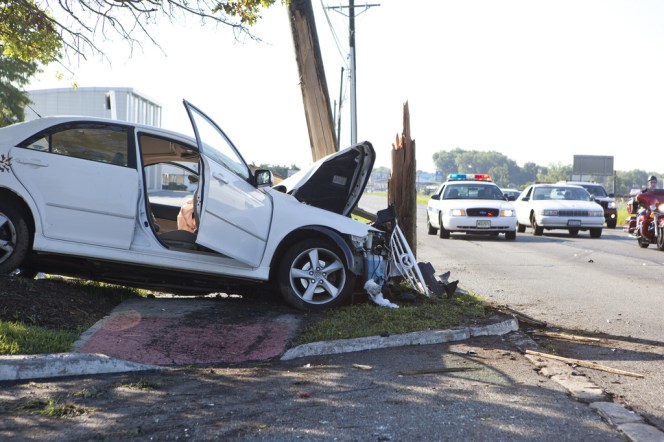Texas, long a laggard in traffic safety, is now under order to end traffic deaths by 2050.
The Texas Transportation Commission has mandated that [PDF] the state's Department of Transportation "work toward the goal of" halving traffic deaths by 2035 and eliminating them entirely 15 years later.
Texas's freewheeling road culture has made it one of the bloodiest states. In 2017, 3,721 people were killed on the state's roads. For a long time the Lone Star State's Department of Transportation manta with regards to traffic safety has been #EndtheStreak, which refers to the fact that there hasn't been a single day without a traffic fatality in Texas since November 7, 2000. On average about 10 people die on the state's roads every day.
The Vision Zero pledge is nothing more than a goal, but it still represents a sea change in the state's approach. By comparison, just last year, Texas's official traffic safety goal called for just an incremental improvement in safety. But adjusted for population growth, the state's "goal" involved 446 more people losing their lives on Texas roads every year by 2020.
Fortunately, grassroots leaders — such as Jay Crossley of the nonprofit smart growth group Farm and City, plus families that have lost loved ones in traffic crashes —have been pushing for the change for more than two years under the banner of Texans for Safe Streets.
"At the 2018 World Day of Remembrance on the steps of the Texas State Capitol, we asked for the state’s leadership to do more and to adopt accountable goals to end the suffering on Texas streets," Crossley told Streetsblog. "And we noticed that some TXDOT leaders showed up and listened and communed with the families sharing their stories."
Originally the activists aimed to convince the legislature. But eventually they decided it was better to focus on the five-member Texas Transportation Commission, which governs the Texas Department of Transportation.
"Texans from across the state sent letters to the Commission asking for accountable goals to end the traffic death epidemic," Crossley said. "And we kept coming to every meeting. Kept telling our stories. Kept asking for more."
It worked. The CEO of Texas DOT eventually joined some of their campaigns.
Every day for the last 18 years at least one person has died on Texas roads. The average is 10 people per day. I don’t want 10 people to die on Texas roads every day. @TxDOT #EndTheStreakTX pic.twitter.com/RROTIoNlmv
— James Bass (@TxDOTCEO) November 14, 2018
Now the hard part: Getting the state to follow through to make the changes that actually reduce traffic deaths. But state officials are still doing some pretty dangerous things. The House, for example, is on the verge of banning red-light cameras. Lack of automated enforcement was one problem singled out by the Houston Chronicle in a recent investigation about the region's horrifying traffic death rate. Houston is the number two region in the nation of traffic deaths per capita, the paper's analysis shows.
But at least now there's a countervailing force trying to make the case for safety.
"The work has only just begun," said Crossley. "We’re going to continue supporting TXDOT and the commission as they take on this vision. We’re going to work with every city, county, and [Metropolitan Planning Organization] in the state to join TXDOT in taking responsibility for ending traffic deaths."






